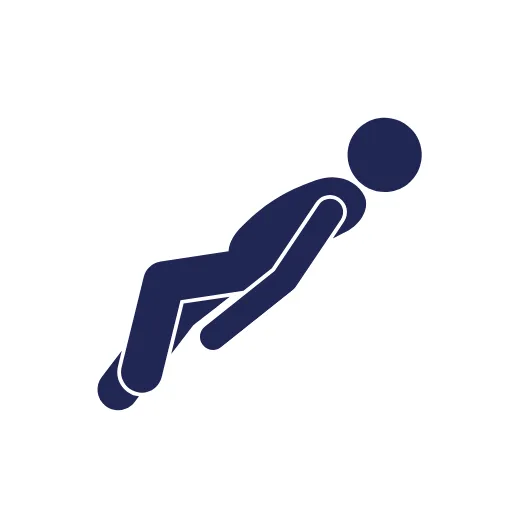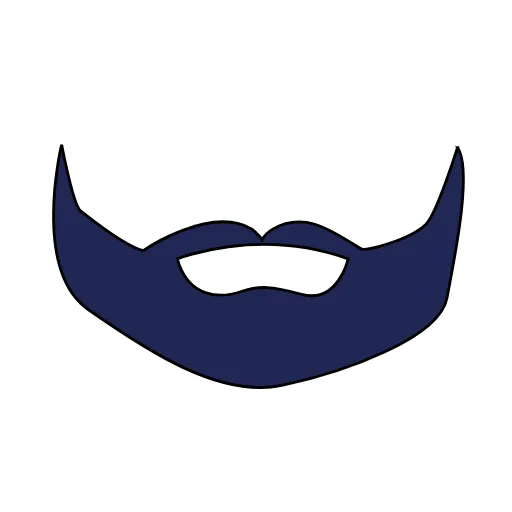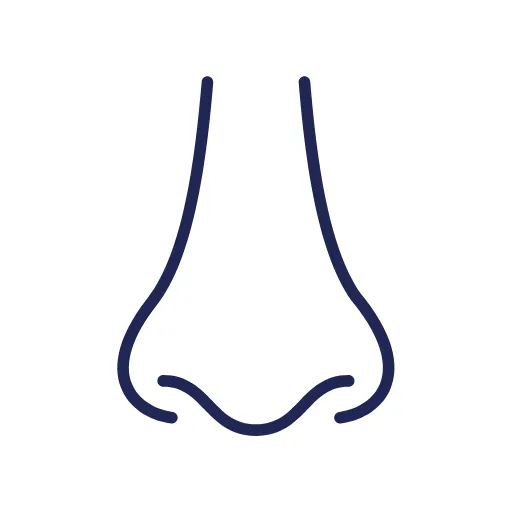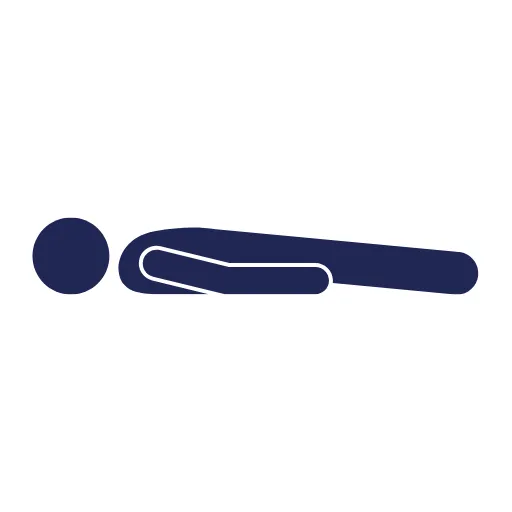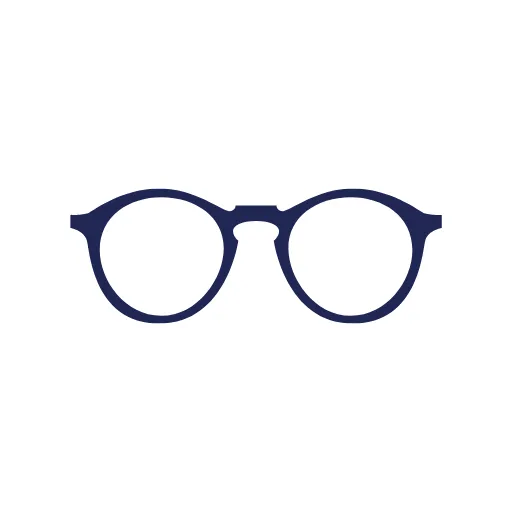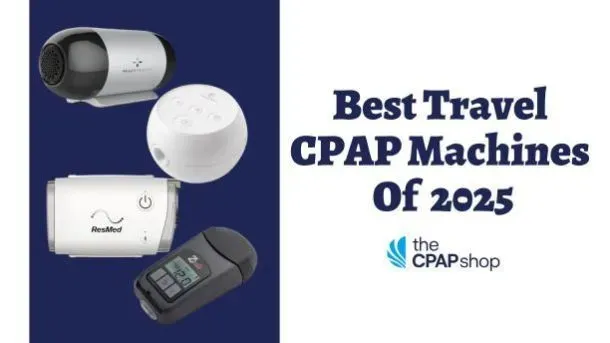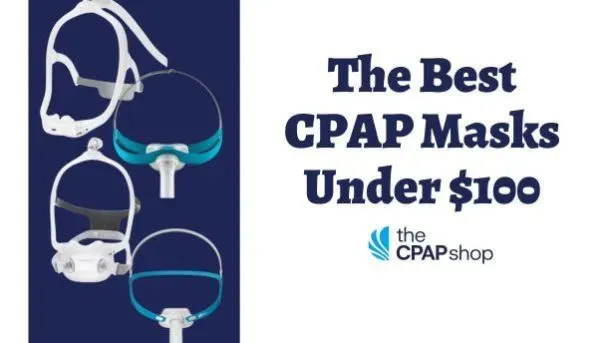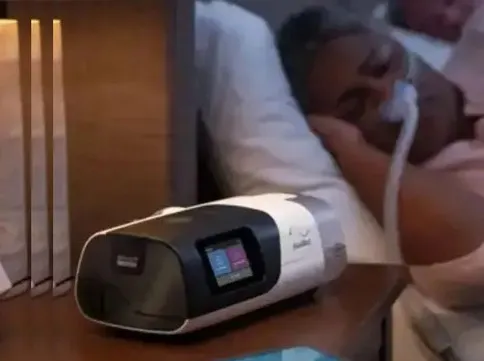We use cookies to make your experience better. To comply with the new e-Privacy directive, we need to ask for your consent to set the cookies. Cookies Policy.
Glossary
Why Would Someone Need a CPAP Sanitizer?
If you are diagnosed with sleep apnea, you will most likely be prescribed continuous positive airway pressure (CPAP) therapy. CPAP therapy uses a CPAP machine and mask to deliver a constant flow of air to the user while they sleep at night to keep their airways open. For optimal performance and longevity of products, keeping CPAP equipment clean is imperative.
CPAP Sanitizing Machines can be used to clean CPAP machines and equipment, made to remove up to 99.9% of germs and bacteria that can accumulate on CPAP parts. Sleep apnea patients who can benefit from using a CPAP Sanitizer for maintenance of their CPAP parts include those looking for:


Extreme Hygiene
Since CPAP therapy is designed for use every night, its numerous parts can collect bacteria, moisture, and other germy buildup. Regular cleaning of CPAP equipment can prevent the growth of harmful contaminants, reducing the risk of infections, respiratory illness, poor product performance, and more.
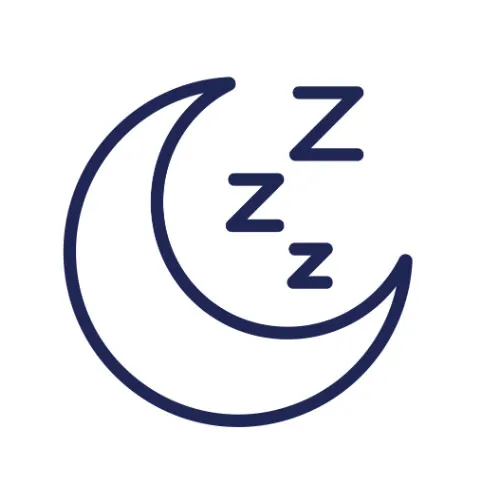

An Improved Night’s Sleep
Clean CPAP equipment will ensure that a user is breathing contaminant-free air, improving their overall sleep quality and sleep apnea symptoms.


Product Longevity
Regular maintenance of CPAP equipment helps maintain the integrity of the CPAP parts. By properly removing the buildup of unwanted materials, the lifespan of CPAP parts will be prolonged, reducing the effort, frequency, and cost of buying replacement parts.


Hassle-free Cleaning Sessions
Cleaning a CPAP machine and its parts can be time-consuming because of the manual process it takes to properly sanitize them. A CPAP Sanitizer automates this process, making it easier and quicker to clean CPAP equipment, and just as effective.


Compliant Cleaning Methods
Many healthcare providers recommend cleaning CPAP equipment with sanitizing machines to ensure hygiene standards are met, increasing overall compliance.


Extreme Hygiene
Since CPAP therapy is designed for use every night, its numerous parts can collect bacteria, moisture, and other germy buildup. Regular cleaning of CPAP equipment can prevent the growth of harmful contaminants, reducing the risk of infections, respiratory illness, poor product performance, and more.


An Improved Night’s Sleep
Clean CPAP equipment will ensure that a user is breathing contaminant-free air, improving their overall sleep quality and sleep apnea symptoms.


Product Longevity
Regular maintenance of CPAP equipment helps maintain the integrity of the CPAP parts. By properly removing the buildup of unwanted materials, the lifespan of CPAP parts will be prolonged, reducing the effort, frequency, and cost of buying replacement parts.


Hassle-free Cleaning Sessions
Cleaning a CPAP machine and its parts can be time-consuming because of the manual process it takes to properly sanitize them. A CPAP Sanitizer automates this process, making it easier and quicker to clean CPAP equipment, and just as effective.


Compliant Cleaning Methods
Many healthcare providers recommend cleaning CPAP equipment with sanitizing machines to ensure hygiene standards are met, increasing overall compliance.
Want to Know What CPAP Machine is Best For You?
MaskFit AR is our 3D face scanning capability, able to be done all from home! The CPAP Shop has partnered with MaskFit AR to offer hassle-free, personalized shopping recommendations. Simply answer some questions, scan your face, and we’ll help you find the best mask that fits your needs.
Benefits of a CPAP Sanitizer
CPAP Machines vary in features, so it’s important to know which ones matter to you.
| Benefit | Function |
|---|---|
| Fast Operation | CPAP Sanitizers operate quickly while still efficiently cleaning CPAP products. Its operating time ranges between 3-5 minutes to make the cleaning experience quick and simple. |
| Time-Saving | With a CPAP cleaning machine, the equipment can be cleaned in a fraction of the time it would take to do it manually (typically with warm water and mild detergent), saving the user both time and effort. |
| Reduces Wear and Tear | Regular cleaning of CPAP machine components assists in preventing the buildup of oils, dust, and other contaminants that can damage the parts. This can reduce wear and tear and extend the lifespan of the CPAP equipment. |
| Removes Odor | Bacteria, mold, and dirt that build up on CPAP parts can cause unpleasant odors. A CPAP cleaning machine helps eliminate these smells, leaving the equipment smelling fresh and clean. |
| Automates Cleaning | Cleaning CPAP equipment manually can be time-consuming and difficult, especially when cleaning hard-to-reach areas. A CPAP sanitizing machine automates the process, making maintaining parts faster and more convenient. |
| Cleans Household Items | Not only do sanitizing machines clean CPAP parts like tubing, water chambers, cushions, and more, but it also can clean regular household items like hearing aids, dentures, keys, and more. |
| Improved Breathing | Clean CPAP equipment ensures that the air you breathe while sleeping is free from harmful contaminants. This helps improve breathing and also prevents respiratory issues such as sinus infections, allergies, or irritation caused by dirty equipment. |
| Meets Health Guidelines | Many doctors recommend cleaning CPAP equipment regularly to ensure it works properly. A CPAP cleaning machine makes following these guidelines easier and maintains your equipment in optimal condition. |


Things to Consider When Choosing a CPAP Machine So You Know it’s Good for You
- What type of machine do I need?
- Which features (noise level, size, etc.) are important to me?
- Do I travel and need a portable machine, or should I buy one more geared toward home use?
- How do I get a CPAP prescription for therapy?
Skeptical of buying a CPAP machine Online? Don’t worry, The CPAP Shop has been a trusted medical supply retailer for over 20 years. Learn more about buying a CPAP machine online here.
CPAP Sanitizers Offered at The CPAP Shop
LiVilti PAPTIZER
- Eliminates approximately 99.9% of bacteria that can grow on CPAP equipment
- Made with 40 high-power LED lights for effective cleaning
- Cleans CPAP equipment and other household items in as little as 3 minutes
- Has 3 Smart Modes for effective cleaning
- Made in a compact design that is easy to transport
- Features a one-button operation for an extremely user-friendly experience
- Safe and easy to use
React Health Lumin
- Equipped with UV-C light that kills 99.9% of germs and bacteria that accumulate on CPAP parts
- Made in a simple, one-touch operation
- Disinfects CPAP masks and accessories in 5 minutes
- Built with a reflective drawer that ensures 360-degree of cleaning
- Cleans CPAP equipment and other household items
- Safe and simple to use
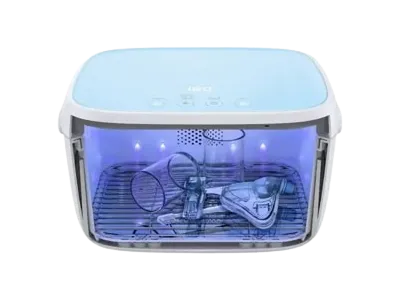

LiVilti PAPTIZER
- Eliminates approximately 99.9% of bacteria that can grow on CPAP equipment
- Made with 40 high-power LED lights for effective cleaning
- Cleans CPAP equipment and other household items in as little as 3 minutes
- Has 3 Smart Modes for effective cleaning
- Made in a compact design that is easy to transport
- Features a one-button operation for an extremely user-friendly experience
- Safe and easy to use


React Health Lumin
- Equipped with UV-C light that kills 99.9% of germs and bacteria that accumulate on CPAP parts
- Made in a simple, one-touch operation
- Disinfects CPAP masks and accessories in 5 minutes
- Built with a reflective drawer that ensures 360-degree of cleaning
- Cleans CPAP equipment and other household items
- Safe and simple to use
Popular CPAP Masks for Every Lifestyle
Parts CPAP Sanitizers Can Clean
The CPAP Shop proudly offers CPAP machines from top-selling brands that excel in performance and comfort.
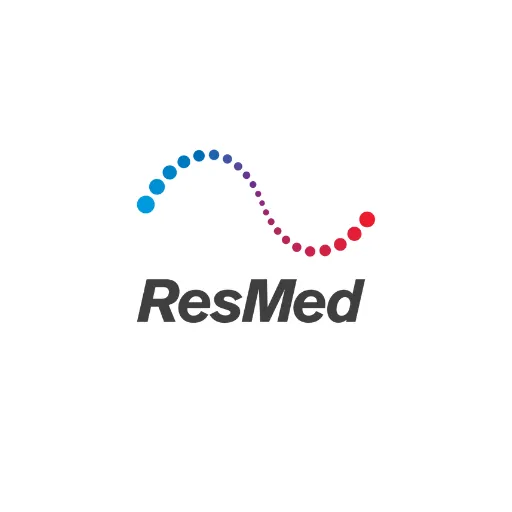

ResMed is a leading manufacturer in the CPAP industry, offering a range of cloud-connected devices that help patients manage their sleep apnea. They offer a range of CPAPs, BiPAPs, and travel machines to accommodate a range of CPAP users.


Resvent is a world leader in respiratory equipment, offering a CPAP machine product line, iBreeze, that is designed to help patients compliance with therapy.


React Health Medical is a trusted distributor and manufacturer of sleep therapy and oxygen therapy products. Its popular product line of Luna machines are available in both CPAP and BiPAPs. React Health is committed to empowering all sleep apnea patients to thrive in health and wellness.


Breas Medical is a leading manufacturer of medical equipment for sleep apnea treatment. Breas created and sells high-quality CPAP products that improve a person’s quality of life. They are committed to innovation and quality in all of their product offerings.


Although Fisher & Paykel Healthcare’s CPAP device is no longer sold in the US, its parts are still offfered at The CPAP Shop for those who continue to use this device. F&P’s expertly- designed parts help users have effective and comfortable CPAP therapy.
Replacement Schedule of CPAP Machine Parts
- Cushions: every 3 months
- Headgear: every 6 months
- Filters: look at your
machine manufacturer’s
instructions - Humidifiers: every 6 months
- Tubing: every 90 days
- Machine: every 5 years
Cleaning and Maintenance of CPAP Equipment - The CPAP Shop
Daily cleaning and maintaining CPAP equipment is very important. This article by The CPAP Shop details how and


Latest CPAP Machine Videos
ResMed AirSense 11 AutoSet CPAP Machine Review
Showcasing product details, how to set it up, its unique features, and more
How to Set Up ResMed AirSense11
A detailed review for setting up this popular Resmed Machine
How to Connect Your AirMini to Bluetooth
Guided instructions to connecting this best-selling travel CPAP machine to Bluetooth.
Follow The CPAP Shop’s YouTube Page
Join our YouTube community! With 11,000 subscribers and counting, viewers of our page can watch CPAP tutorials,
product reviews, and learn tips and tricks to receive the best CPAP therapy possible.
11,770 +
Subscribers
190 +
Videos
5.3 Million
Views
Learn More on The CPAP Shop’s Blog!
Looking for more articles to help you with your CPAP therapy? The CPAP Shop’s blog is your go-to place for all CPAP news, tips and tricks, product reviews, and more to help you feel supported every step of your CPAP journey. Check out our blog today!
Looking for More Articles to Help You With Your CPAP Therapy
The CPAP Shop’s blog is your go-to place for all CPAP news, tips and tricks, product reviews, and more to help you feel supported every step of your CPAP journey.
CPAP Sanitizer FAQs
Proper maintenance and cleaning of CPAP equipment will ensure you are getting the most compliant and effective therapy. Additionally, keeping your products cleaned will prolong the lifespan of each product. Thanks to recent technology, users are able to clean and sanitize their products more quickly and easily than ever before using sanitizing machines.
CPAP cleaning machines typically don’t remove soap and water residues left from hand cleaning. It’s important to wash your CPAP components with mild soap and water before using a cleaning machine to avoid chemical residue buildup.
The best way to clean and sanitize CPAP equipment is by washing them gently using mild soap and distilled water. Avoid using any strong cleaning products like dishwashing soap because that will damage the mask and leave harmful remnants. Next, rinse them in running water and let them airdry completely before using again. Even after cleaning your CPAP equipment, there are still a lot of bacteria and germs that remain. Use your CPAP cleaner to sterilize and sanitize your products even further for effective product performance.
Most CPAP manufacturers recommend cleaning your CPAP equipment once a week with a sanitizer. However, The CPAP Shop recommends following the specific instructions provided by your CPAP machine's manufacturer and the cleaning machine's manual.
Many CPAP cleaning machines are compact in size, making them suitable for travel. However, it's important to check the size, weight, and travel regulations for your specific model to see if they are easy to pack and FAA-approved.
Most CPAP sanitizers are designed to be quiet while in use. However, some may produce mild sounds, especially those using ozone or air-purification technology.
Most cleaning machines are designed to work with all CPAP devices, but it’s essential to check the compatibility, especially if the machine uses ozone, which can degrade certain CPAP materials.
5 Common Concerns About Starting CPAP Therapy
Don’t sweat it! Starting CPAP therapy can be a big adjustment, so having questions and concerns is completely normal.
The CPAP Shop is here to help ease that transition. Here are 5 common concerns new CPAP users often have:
This is one of the most common questions we hear. New users often worry about claustrophobia and discomfort and whether they will be able to move around while sleeping. To combat these feelings, make sure the mask you choose fits properly to you, as that is crucial to successful CPAP therapy. If you can’t tolerate your mask, you won’t use the machine.
It’s very normal to want to know how long it’ll take to start seeing symptom and overall health improvements to make sure the time and effort of CPAP therapy is paying off. The good news is CPAP therapy can start working almost immediately, with some patients noticing improvements after only one night of treatment. However, it may also take up to 1-2 weeks to fully adjust and see the benefits of treatment. Managing those expectations and understanding the benefits of therapy (increased energy, mood, health, and much more!) can motivate you to stick with therapy. As with many things, consistency is key!
Dry mouth, nasal congestion, skin irritation, and swallowing air are all potential side effects that can worry new users. Addressing these concerns upfront allows you to learn about solutions and preventative measures, like using a humidifier (used to add moisture to the air for more comfortable therapy) and adjusting your CPAP mask to fit correctly on your face.
CPAP machines and masks require regular cleaning to prevent the build-up of germs an bacteria (that can cause infections) and ensure proper function. This can feel overwhelming at first having to stick to a new routine, but patients will quickly learn that proper cleaning is essential for your health and the longevity of your equipment. A clear understanding of the process will make it less daunting.
CPAP therapy is a long-term commitment, and you will need to figure out how to integrate it into your daily life and social situations to see optimal results. Thankfully, CPAP products vary in size, noise level, and design to accommodate users whether they are traveling, sharing a bed with their partner, and more. Addressing your specific lifestyle habits and concerns can help you develop strategies for managing CPAP use in various situations, leading to greater adherence and overall success.








